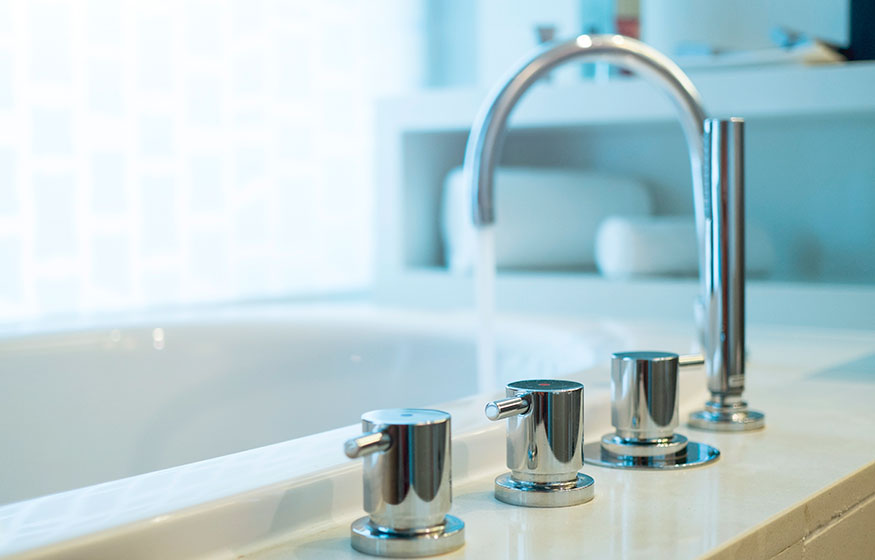Bathtub faucets, like any other plumbing fixture, tend to wear out over time, and you may find yourself in need of a replacement. The good news is that bathtub faucet replacement is not a difficult task, and you can do it yourself without calling a plumber. This guide will walk you through the steps required…
READ MORE PLUMBING ARTICLES
By Made’s Plumbing
Ensuring Safe Water in Arlington, TX With Service Line Inspections
Headline stories like what happened in Flint, Michigan several years back have been a reminder…
Plumbing Myths in Arlington, TX: What Property Owners Should Know
Since the time we’re kids we hear all kids of plumbing myths. From the ridiculous,…
What to Do in a Plumbing Emergency: Tips for Arlington Residents
Experiencing a plumbing emergency in your Arlington, TX home is way more stressful than regularly…
Drop Us a Line!









